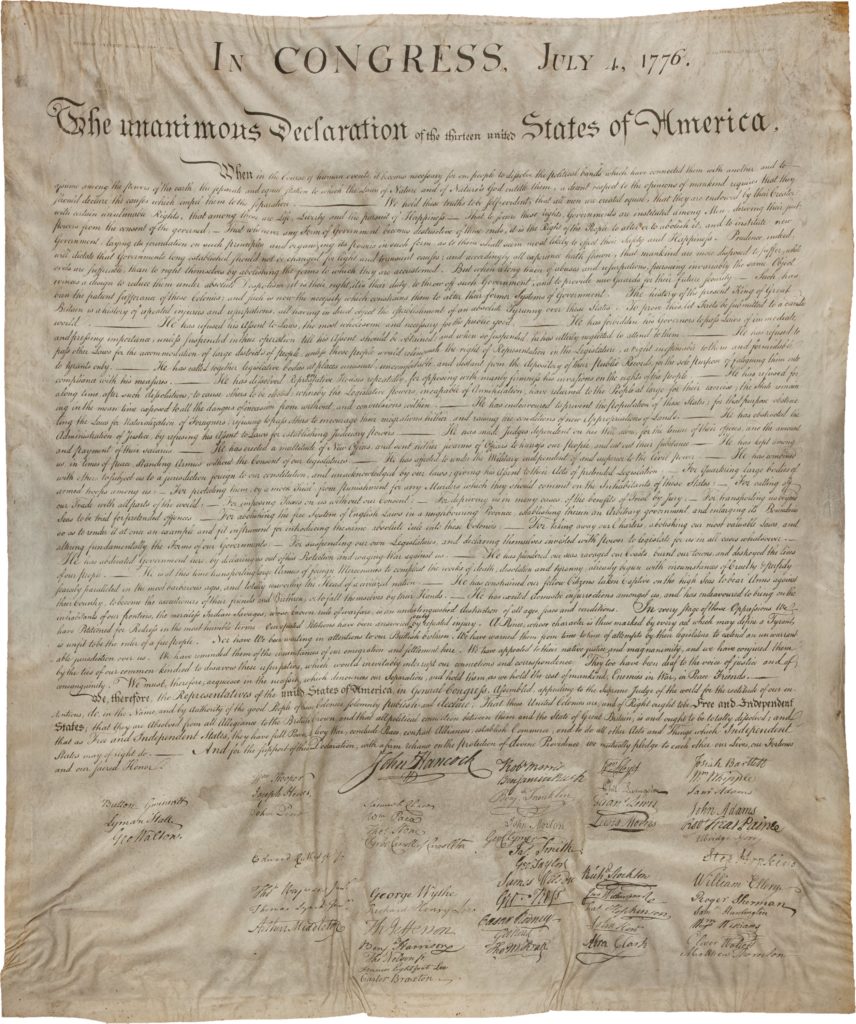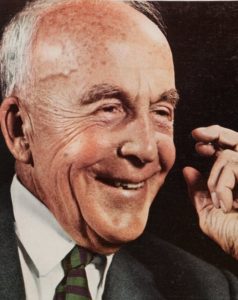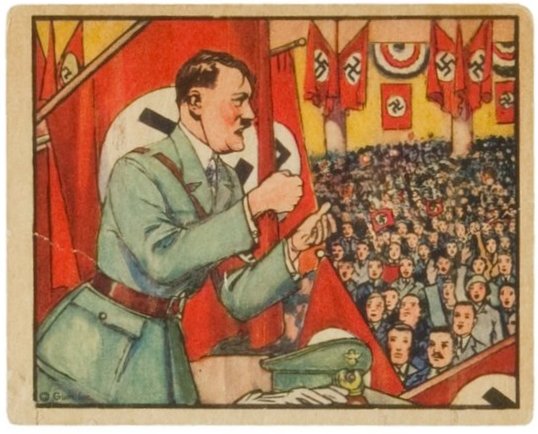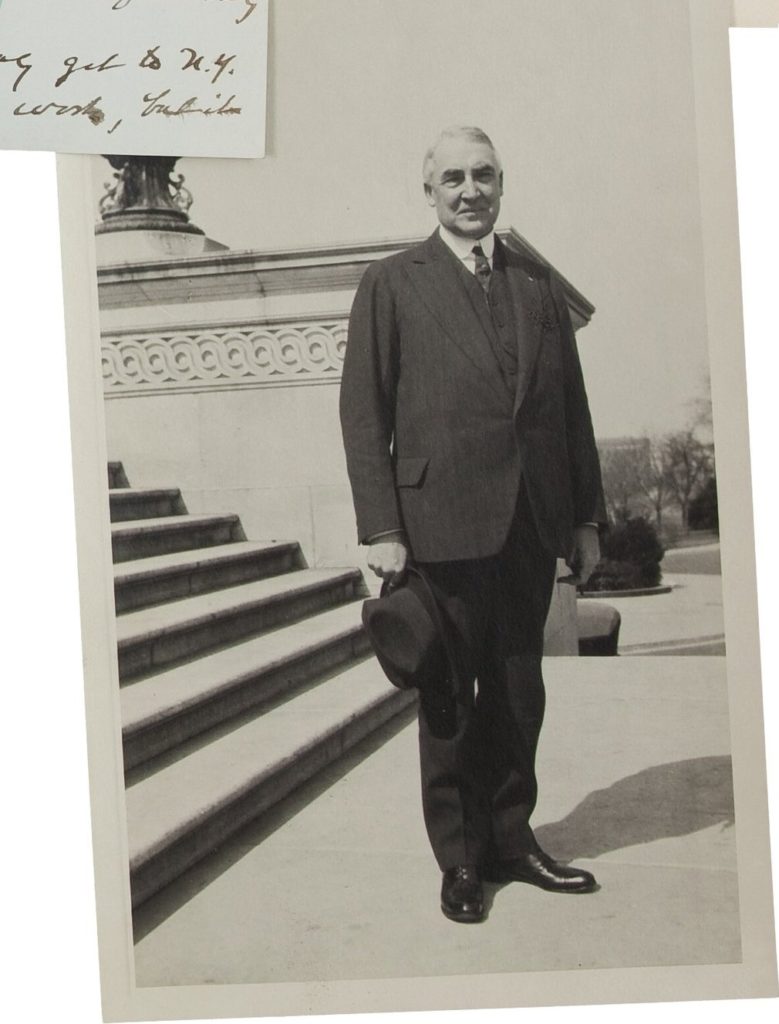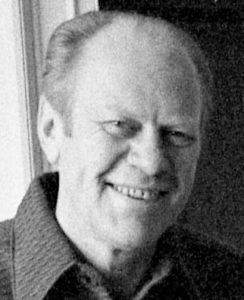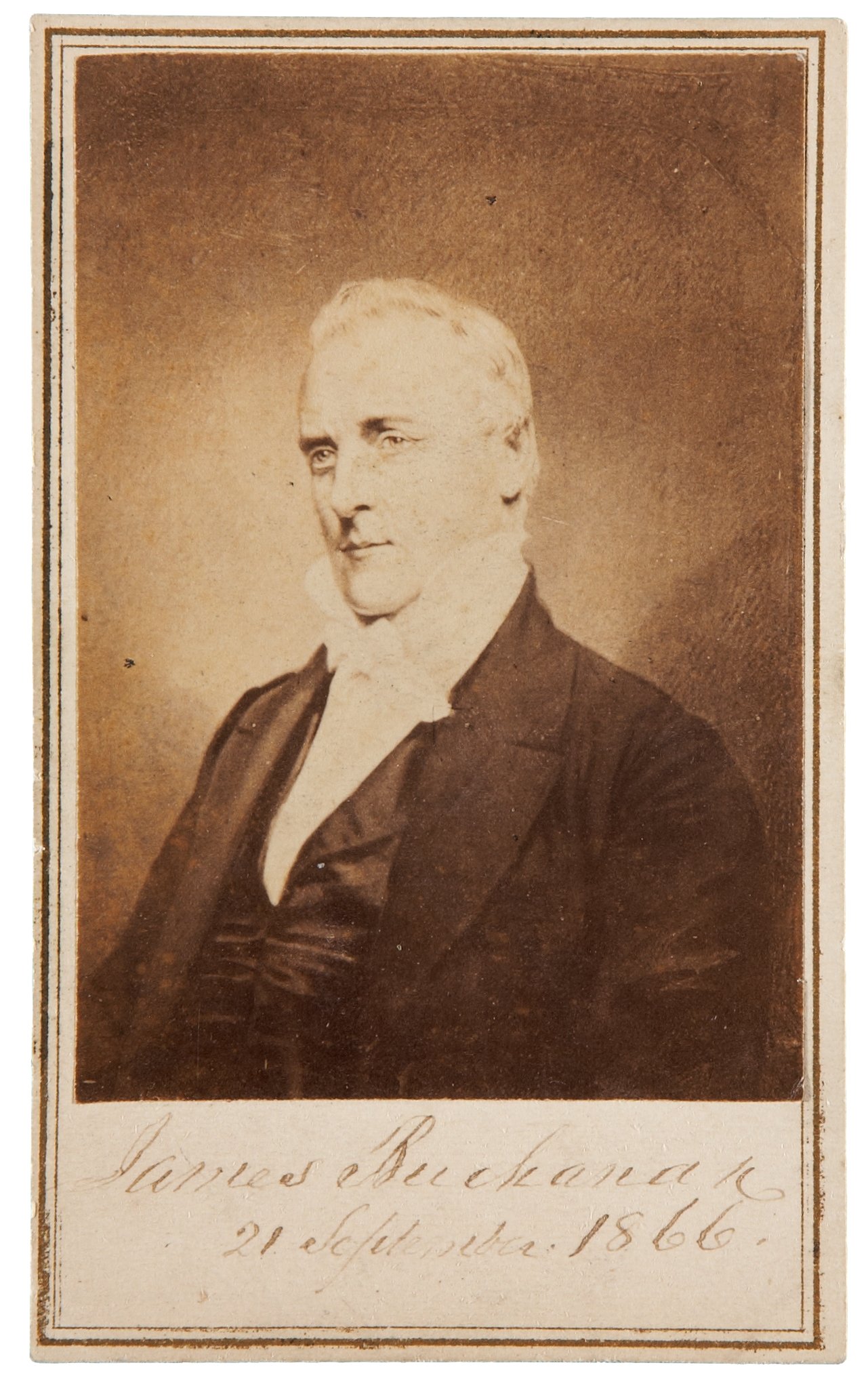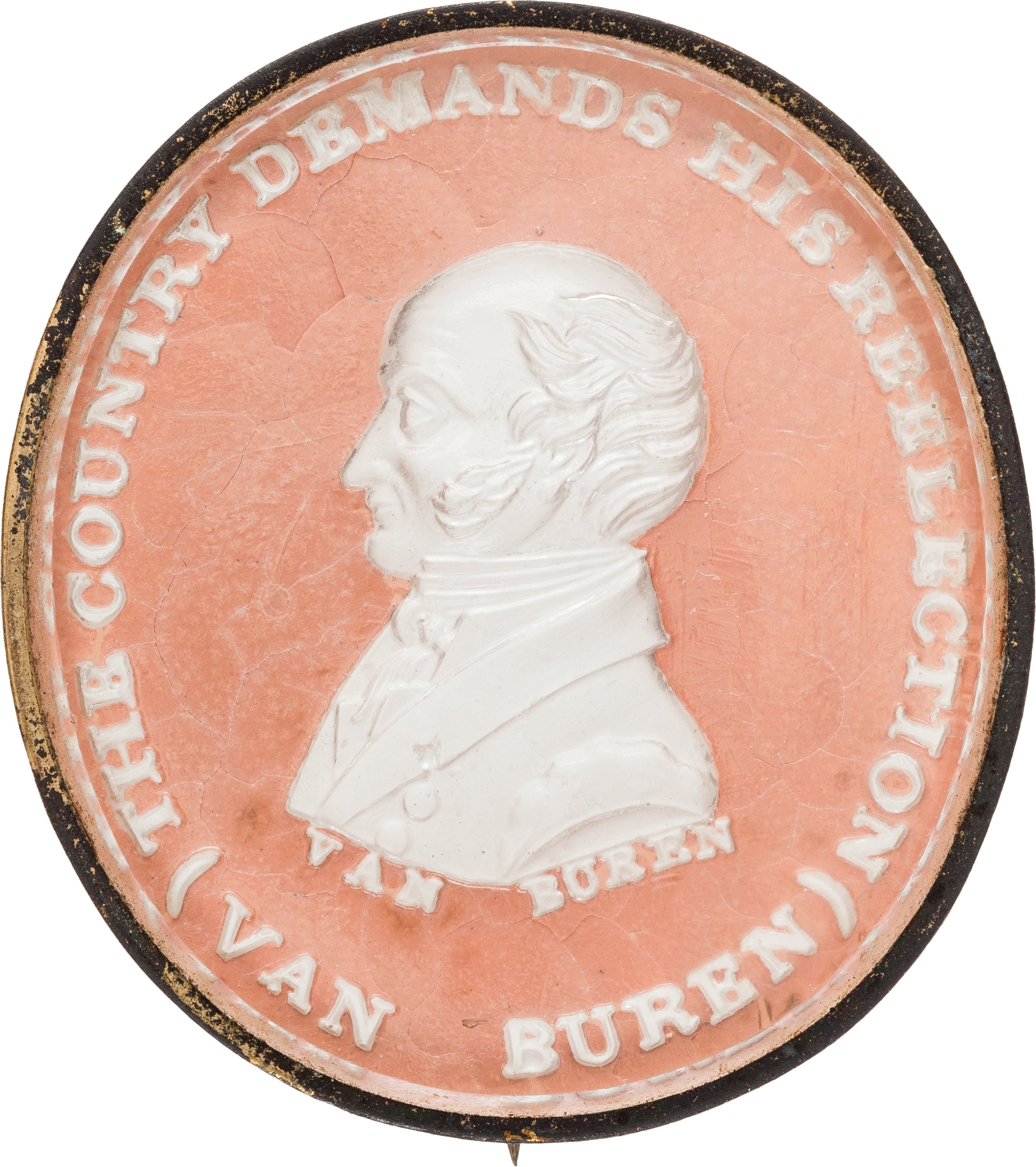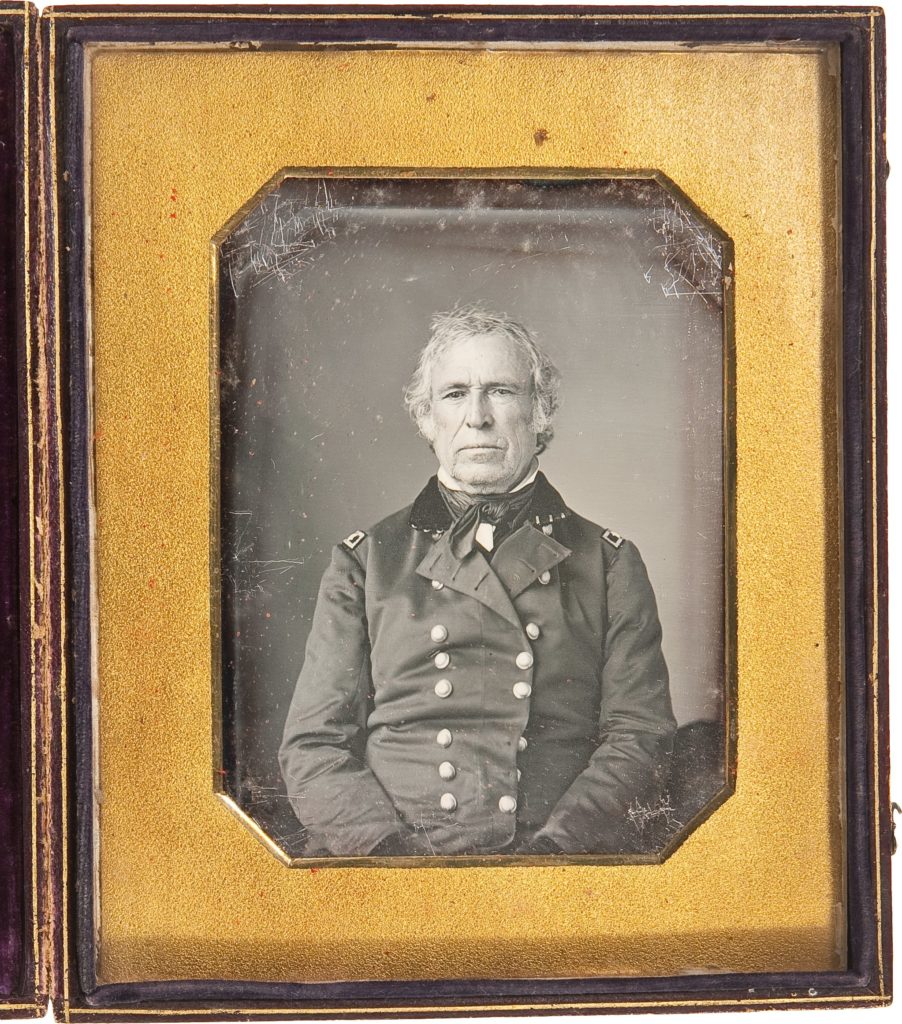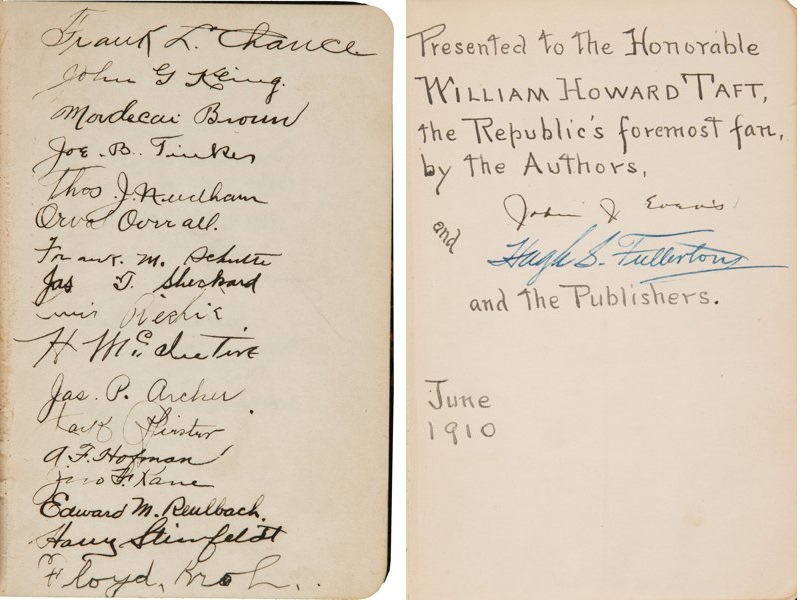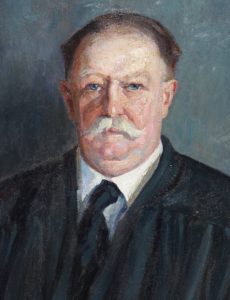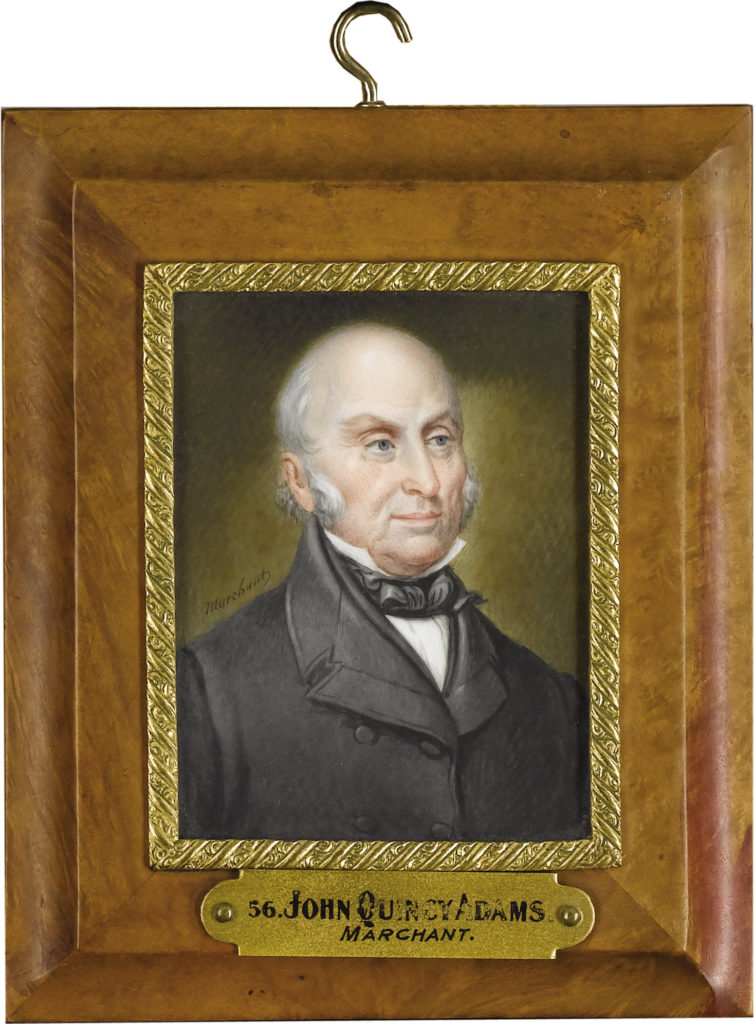
By Jim O’Neal
The Washington Post account of the break-in appeared on the front page of its Sunday edition. The New York Times carried 13 inches (inside) with the headline “Five Charged with Burglary at Democratic Headquarters.” Most other editors played it down even more. Still, it captured the attention of high officers of the U.S. government and the Republican Party. Among them: H.R. Haldeman, John Mitchell, Maurice Stans, Jeb Magruder, John Dean and probably the president of the United States.
A year later during the hearings of the Senate Select Committee on Presidential Campaign Activities (chaired by Senator Sam Ervin of North Carolina), Magruder was asked when this glittering array of outlaws had decided to cover its tracks. He answered in a puzzled tone: “I don’t think there was ever any discussion that there would NOT be a cover-up.”
Among the other people who were in on the lies was Martha Mitchell, wife of Attorney General John Mitchell. She had tried to tell the truth, but a special bodyguard had yanked the phone wires out of the wall when she was telling a UPI reporter, “They don’t want me to talk.” She later said he held her down while another man injected a sedative into her buttocks. But there was no way to keep Martha Mitchell quiet and three days later she called the reporter again, saying, “I’m not going to stand for all these dirty things going on.” It made a good story, but Martha’s credibility was low and most Americans accepted the official line.
Ron Ziegler, the former ad man who served as President Nixon’s press secretary, spelled it out. In a scornful tone, he declined to even rebut Martha’s rants. “I am not going to comment from the White House on a third-rate burglary attempt,” Ziegler announced. However, when a few Post reporters continued to ask questions, Ziegler did comment from the WH: “I don’t respect the type of journalism, the shabby journalism, that is being practiced by The Washington Post.” (John Mitchell added, “[Washington Post publisher] Katie Graham is going to get her teat caught in a big fat wringer!”)
On Monday, July 16, via live TV, chief minority counsel Fred (Law & Order) Dalton Thompson got White House assistant Alexander Butterfield to disclose there was an automatic recording system in the White House. Apparently, all conversations in the Oval Office, the Cabinet Room and even President Nixon’s private office were taped.
Once this bombshell exploded, it was only a short trip to forcing the administration to turn over all recordings. This would inexorably lead to the indictment of 69 people (with 48 found guilty) and the first presidential resignation. When asked much later why he didn’t simply burn the tapes, Nixon calmly replied he wanted to preserve his legacy for posterity. (Mission accomplished!)
All of this was captured brilliantly 40 years ago in the film All the President’s Men with Robert Redford and Dustin Hoffman in the roles of Washington Post reporters Carl Bernstein and Bob Woodward. The movie won four Oscars, with Jason Robards snagging best supporting actor for his portrayal of editor Ben Bradlee. It is a must-see movie and the Bernstein-Woodward book is equally entertaining.
Coming on top of the Pentagon Papers and the Vietnam War, the entire Watergate scandal eroded public trust in government, perhaps permanently. Even today, the cover-up is generally worse than the crime.
 Intelligent Collector blogger JIM O’NEAL is an avid collector and history buff. He is president and CEO of Frito-Lay International [retired] and earlier served as chairman and CEO of PepsiCo Restaurants International [KFC Pizza Hut and Taco Bell].
Intelligent Collector blogger JIM O’NEAL is an avid collector and history buff. He is president and CEO of Frito-Lay International [retired] and earlier served as chairman and CEO of PepsiCo Restaurants International [KFC Pizza Hut and Taco Bell].

